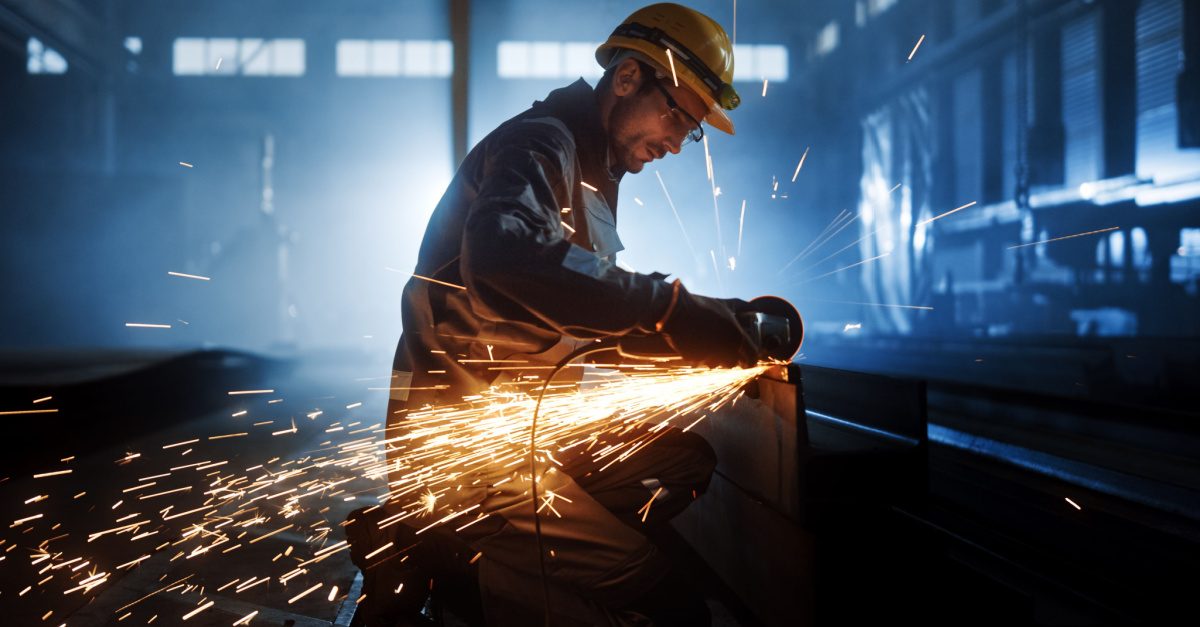
In the manufacturing business, efficiency plays an indispensable role, and we all know that the right kinds of tools can make or break a business. That’s why it is vital that the appropriate equipment is sourced for any manufacturing process.
When it comes to grinding, milling, or boring on a CNC or Lathe machine, work-holding equipment like steady rests help achieve this goal.
What are Steady Rests?
A steady rest is clamped on the bed ways in the required position between the headstock and tail stock of the CNC or lathe machine, but they do not move with them. The workpiece (metallic rod on which you are going to perform operations) is placed in between the three jaws of the steady rest. Thus, steady rest acts as a support system to stabilise the workpiece.
Here in this article, we will discuss the advantages of using self-centering steady rests for industrial machines.
1. Holding the Workpiece
Hydraulic steady rests are employed when the size of the workpiece is large, and the machine is not able to hold the workpiece. For example, in the case of CNC or lathe machines, when the diameter to length ratio of the job is high, the vibrations are produced at higher speeds leading to inaccuracies and affecting the quality of the output. To improve it, self-centering steady rests are used.
Actually, steady rests have three arms made of roller bearings or brass at the end. These three arms enclose the workpiece and stabilise it during various manufacturing operations, which otherwise is not possible using the traditional work holding setup of machinery.
Also, there are different types of steady rests available in the market such as grinding steady rests for grinding, turning steady rest for crankshaft turning, and so on.
2. Improves Overall Quality of Final Product
As mentioned earlier, the main purpose of using self-centering steady rests is that they avoid the deflection of the job. Since the workpiece is stable, operations such as grinding, cutting, milling, and boring can be performed accurately. This increases the precision, and the finished product is of premium quality.
These kinds of standards are especially needed when you are manufacturing for the medical industry. In this scenario, the measure twice, cut once approach is followed because lives are at stake. Such a type of manufacturing process needs tools that produce a very low degree of errors. Using work holding steady rest, the movement of the piece is minimised. Therefore, the standards of production are enhanced.
3. Less Time Wasted in Centering the Workpiece and Escalate the Output of the Machine
Now the main problem that arises while performing manufacturing practices such as milling, boring, cutting, and grinding is that the operator has to manually centre the workpiece. Due to this, a lot of time is wasted. Still, with the self-centering steady rests, this step can be automated as the dynamic self-centering steady rests are designed so that their arms automatically centre the workpiece depending upon its size. As a result, the precision of the final product and its output will be high.
4. Growth in Revenue
Revenue plays an indispensable role in every business, and the main motive for employing new tools and upgrades is to see a positive change in income. As highlighted above, using steady rest increases the speed, quality, and productivity of your manufacturing system. With these advancements, revenue will also soar as now the machine is producing more workpieces per hour, and hence the business will flourish.
5. Ensure the Safety of the Operator
Safety is an important factor in industrial operations, and as a business owner, it is your moral duty to provide a safer working environment for your employees. The use of steady rests as work-holding equipment will ensure that the workpiece remains in its place while performing operations at higher speeds. This gives confidence to the operator that their job will not deflect and does not cause any accidents. The safety of the manufacturing process can be ensured.!
The Bottom Line
To conclude, steady rests are used in various applications as work-holding devices like manufacturing automotive parts or complex equipment for defence, the medical industry, or agriculture tools. Before buying any equipment, you should ensure they are made from high-quality material, reliable, and can withstand high pressure and heat.

IoSCM Manufacturing and Production Professional Qualifications are proven to excel the capabilities of professionals, and entire teams, across the industry. Speak with a course advisor today to find out how!
